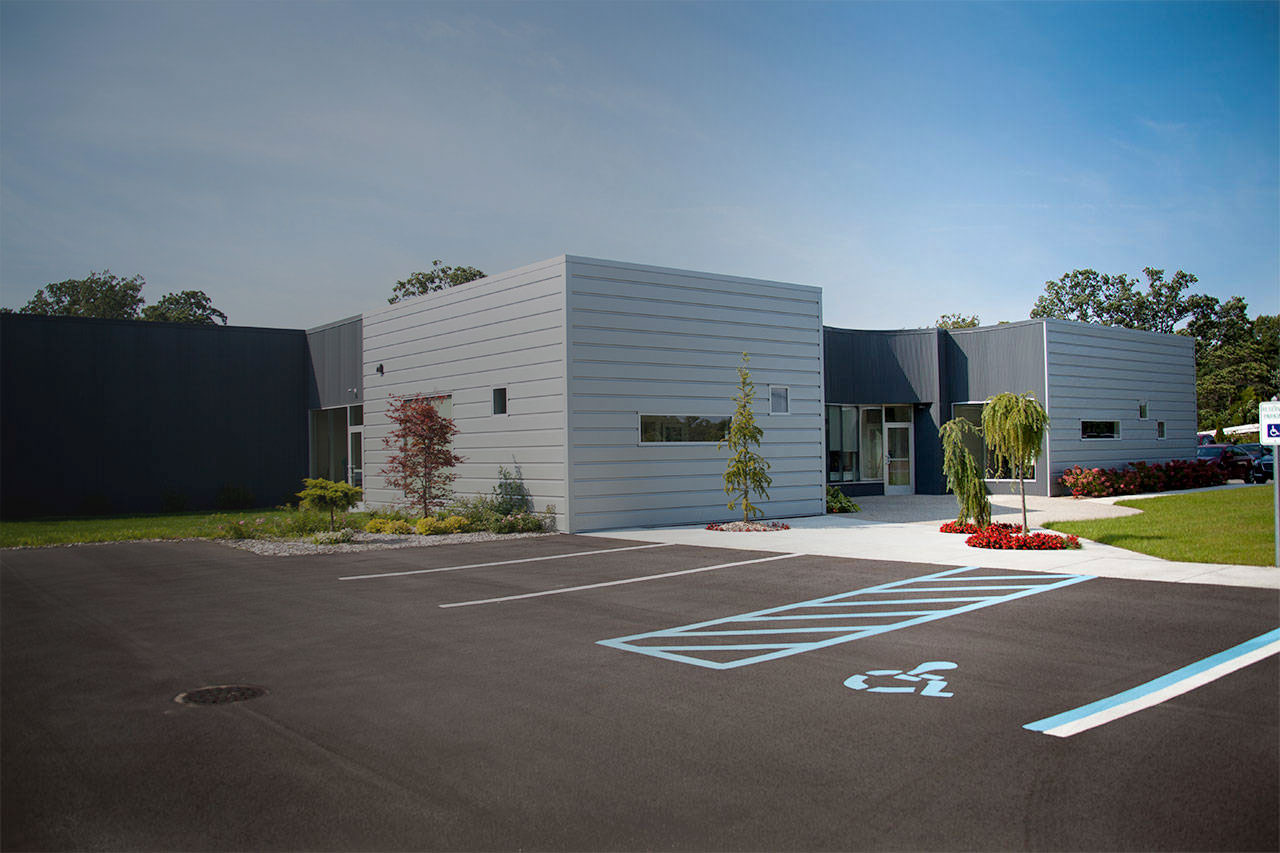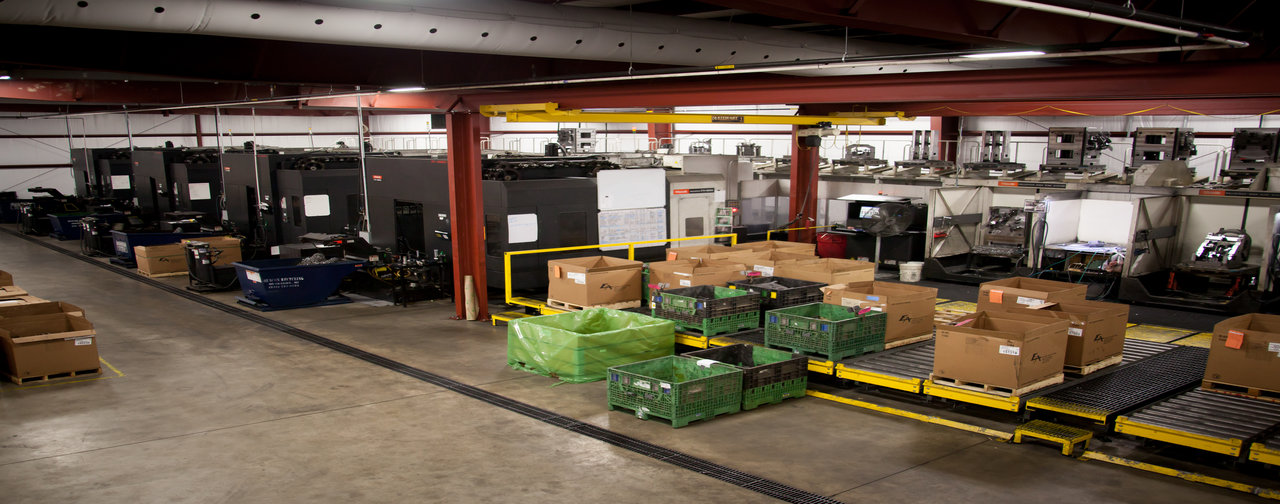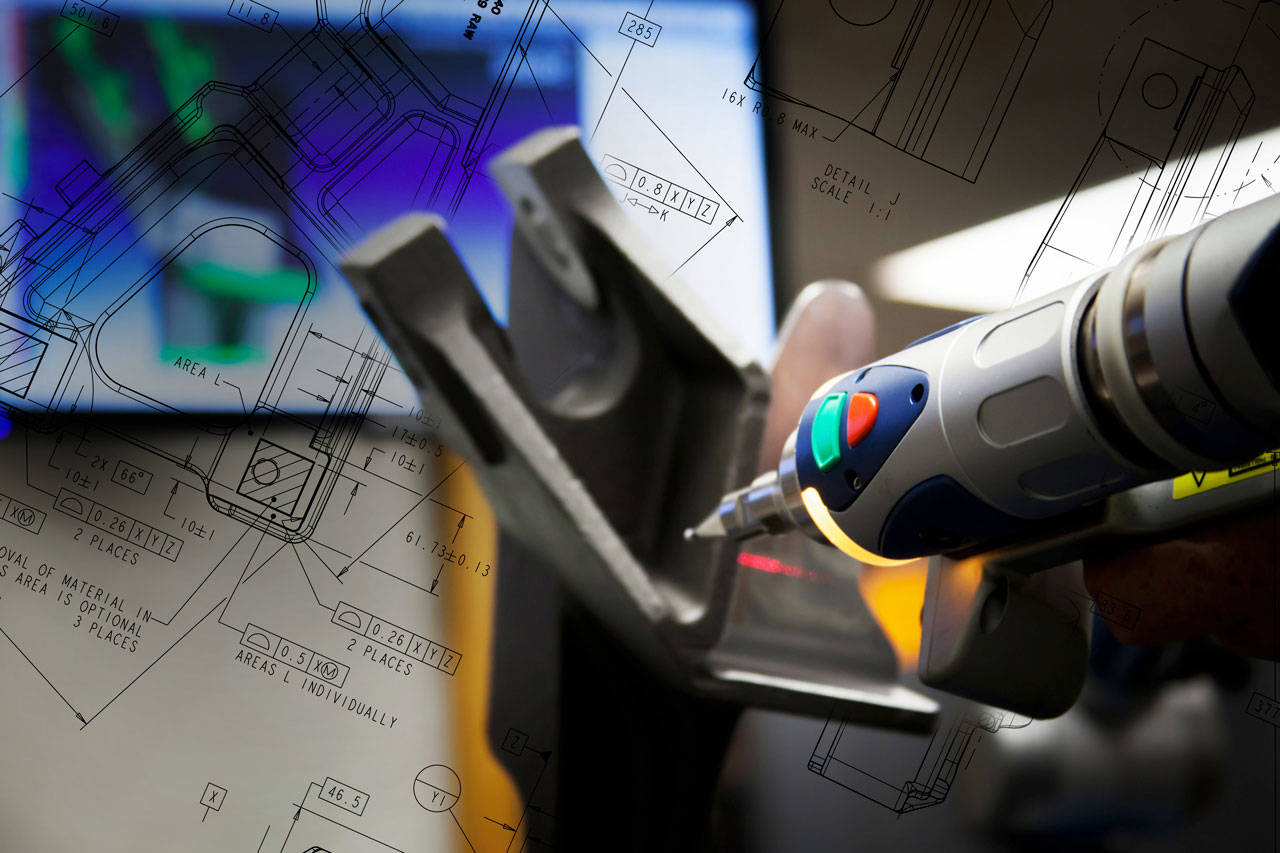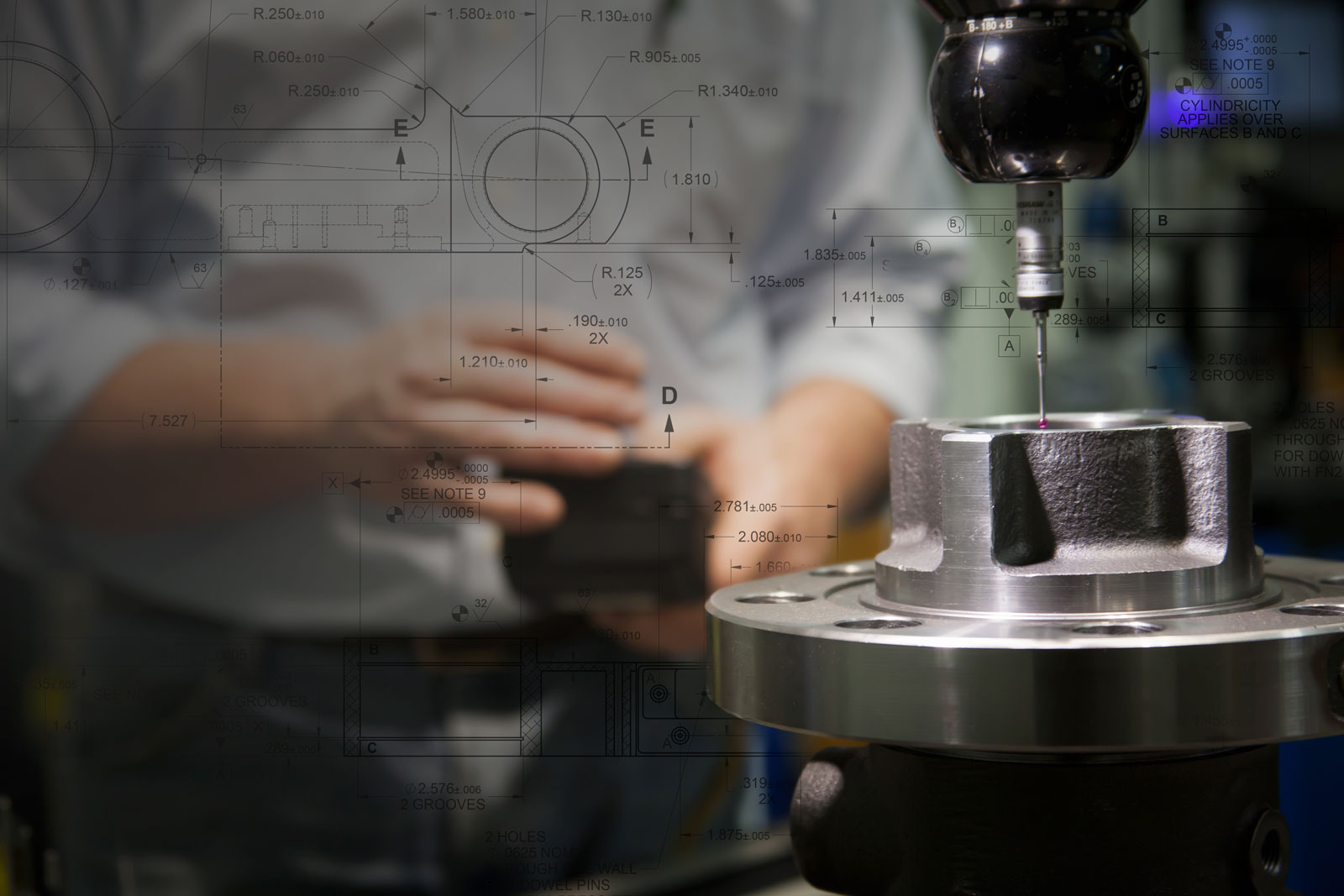State of the Art CNC Machining
Eagle CNC Technologies is a state of the art machine shop in Michigan that specializes in the CNC machining of both ferrous and non ferrous castings, forgings, bar stock and burn outs. ECT’s utilization of the latest manufacturing technology, along with short lead times, high standard of quality and connected family of Eagle Group foundries are only part of what sets us apart from the rest. Whether your needs are high volume or low, our extensive work centers–both flexible and dedicated–allow us to supply the product you need on your schedule.
CNC Machining Overview
CNC machining is a vital part of the metal manufacturing process. In many cases, parts are completely machined from raw stock. The Eagle Group’s parts often start as castings, either from Eagle Alloy’s shell molding process or Eagle Precision’s investment casting process. Eagle CNC finishes the job with machining, delivering products with all critical surfaces and characteristics exactly to spec, and surface finish exactly as desired. Because CNC machining is so accurate and precise, it is often the last step in metal manufacturing.
To understand why CNC machining is such an important process, it’s important to understand the history, development and current practice of CNC machining.
CNC Machining History
Machining has existed for centuries, and is often performed on wood as well as metal. Time-tested machining processes are still in use today, like turning, drilling and milling. The process of machining refers to removing material with the assistance of mechanical equipment. “CNC” stands for “Computer Numerical Control.” The first CNC machining took place in the 1950s, and came about as a partnership between MI-based engineer John Parsons, the U.S. Air Force and the Massachusetts Institute of Technology (MIT). Since then the flexibility and programmability of CNC machines has increased exponentially, alongside consumer computing technology and robotics. To learn more about the history of CNC machining, check out our blog post.
When to Use CNC Machining
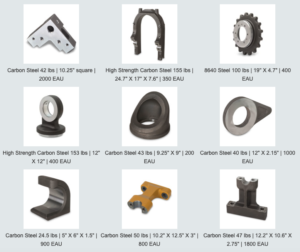 Not all metal parts require CNC machining, but many do. When a part must fit together with other parts to create a whole, machining is almost always required. Precise metalcasting processes like investment casting and die casting can create parts that are near-net shape, but their tolerance capabilities are still wide compared to those of CNC machining. CNC machined parts can have critical surfaces with tolerances in the ten-thousandth-inch range. They can also have extremely smooth surface finishes through grinding, burnishing and polishing. Eagle CNC’s part list includes industries like agriculture, transportation, water delivery and construction. These parts come in all shapes, sizes and materials, and sometimes the only thing they have in common is a need for precision-manufactured critical characteristics.
Not all metal parts require CNC machining, but many do. When a part must fit together with other parts to create a whole, machining is almost always required. Precise metalcasting processes like investment casting and die casting can create parts that are near-net shape, but their tolerance capabilities are still wide compared to those of CNC machining. CNC machined parts can have critical surfaces with tolerances in the ten-thousandth-inch range. They can also have extremely smooth surface finishes through grinding, burnishing and polishing. Eagle CNC’s part list includes industries like agriculture, transportation, water delivery and construction. These parts come in all shapes, sizes and materials, and sometimes the only thing they have in common is a need for precision-manufactured critical characteristics.
Types of CNC Machining
In order to produce a single part through CNC machining, the workpiece often undergoes several different types of CNC machining. Some processes require dedicated machines, while others can be performed using a single machine. Modern CNC machining centers with multiple axes are some of the most versatile pieces of equipment in manufacturing.
Common types of CNC machining include:
- Turning: Rotating the workpiece to bring metal in contact with the cutting tool. Lathes are often used for turning.
- Milling: Rotating a cutting tool to bring it into contact with a stationary workpiece. Milling machines are used for milling.
- Drilling: Creating, or refining, holes by bringing a rotating cutting tool into contact with the workpiece. Milling machines or lathes are often used for drilling.
- Boring: Removing material to form, or refine, highly accurate and precise inner cavities in a workpiece. Boring can be performed using a lathe or a milling machine, or a specialized boring machine.
- Sawing: Cutting a narrow slit in a workpiece, using a saw blade as a cutting tool. Saws or Sawing machines are used for sawing.
- Broaching: Removing material through a series of shallow cuts, using a tool with many teeth of ascending height. The cutting tool is called a broach and is used in either a lathe or a broaching machine.
- Grinding: Bringing a workpiece in contact with a rotating abrasive surface to smooth, or alter the shape of, a surface. Grinding machines are used for grinding.
Eagle CNC provides custom CNC machining services. Our CNC machining facility in Muskegon, MI is outfitted with a wide range of equipment to carry out nearly any CNC machining process, from turning to grinding and much more. To read more about each type of CNC machining, check out our “What Precision Machine Shops Do” blog series.
The Importance of Measurement in CNC Machining
“Metrology” is the science of measurement, and is closely related to CNC machining. For manufacturers, CNC machining is the most dependable process to obtain tight tolerances with a high degree of repeatability. Without the ability to measure characteristics to an extremely close degree, there would be no way to guarantee the quality of a machining job. Even further, as machined parts are used in more high-tech applications, tolerances continue to tighten. CNC machine shops like Eagle CNC must be at the cutting edge of manufacturing technology in order to deliver precisely manufactured parts.
In Eagle CNC’s facilities, we have a wide range of metrology tools that make it possible to perform precision machining and to check for quality when the job is done. We use hand tools like calipers, micrometers and go/no-go gages. We also have more advanced measurement machinery, including a range of CMMs (Coordinate Measuring Machines) and laser scanners. Throughout the Eagle Group we make quality a high priority, and we demonstrate that quality by using advanced measurement equipment.
To learn more about metrology tools used in CNC machine shops, check out our blog on the topic.
Learn more about Eagle CNC Technologies and our state of the art CNC machining services:
- Browse the industries we serve, and see examples of products we’ve delivered
- Read more about the services we offer, from engineering to metrology
- Explore our facilities in Muskegon, MI
- Contact us to let us know how we can help you
